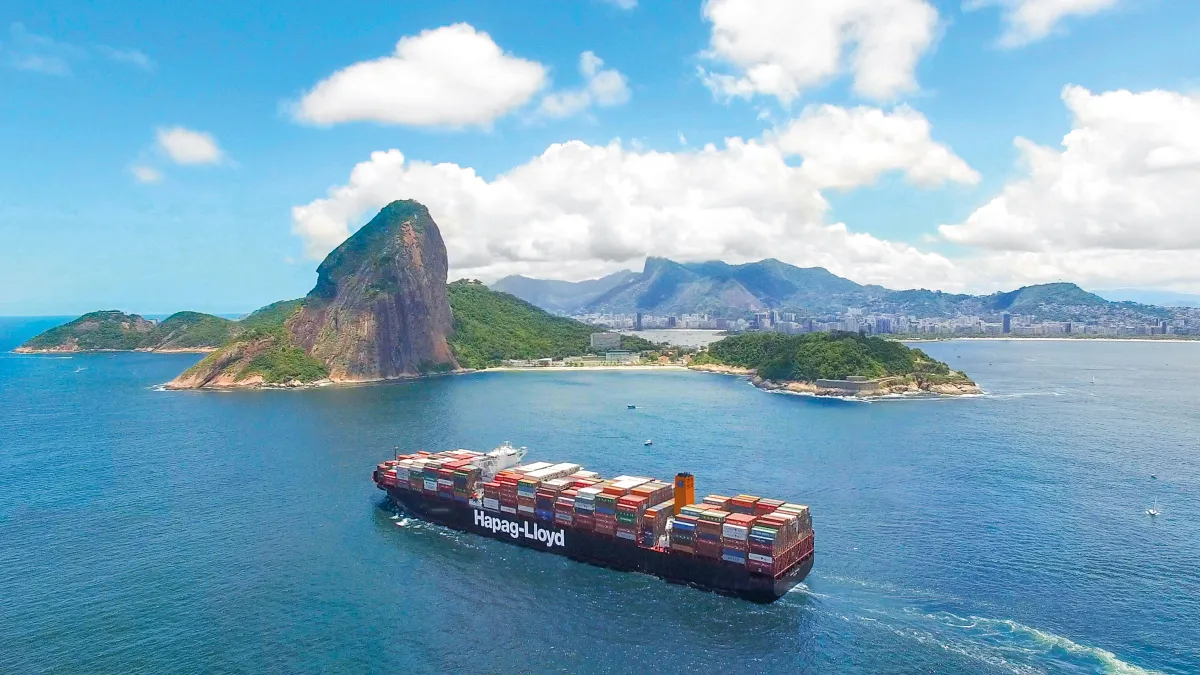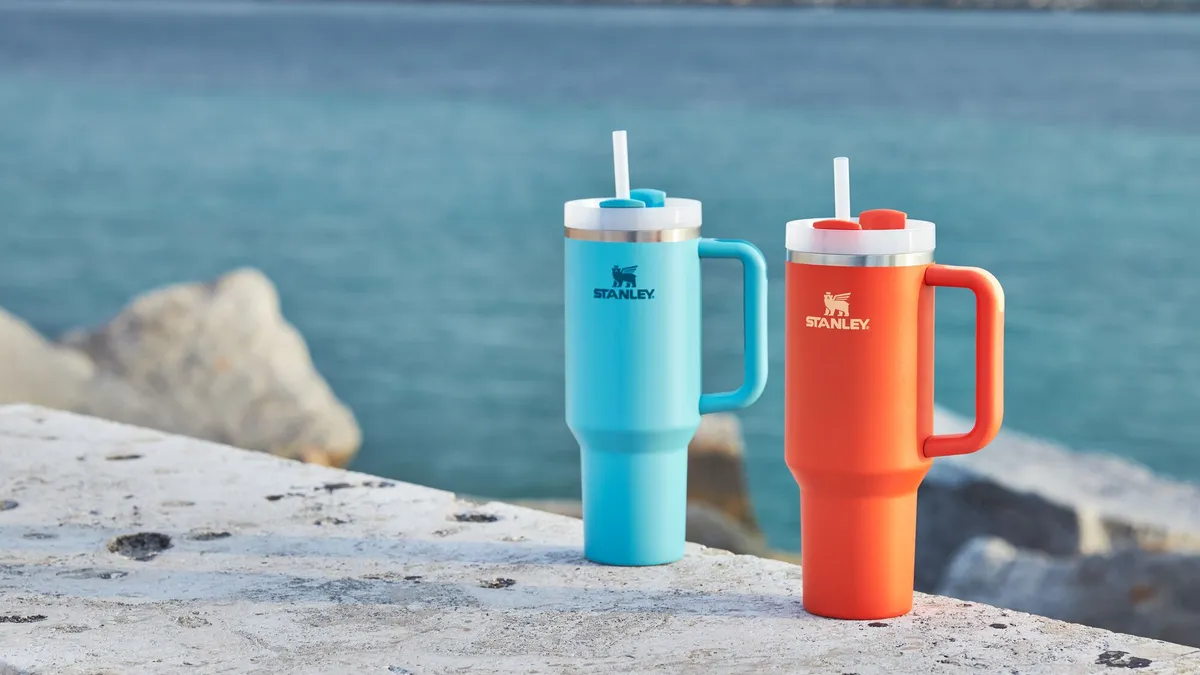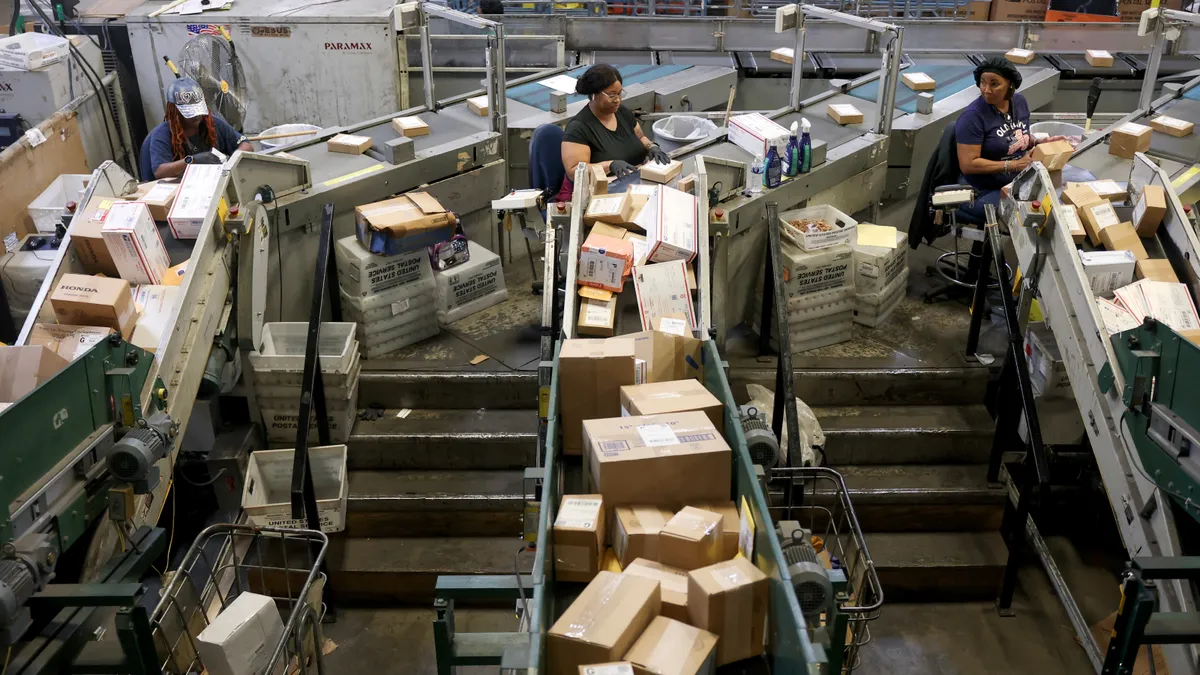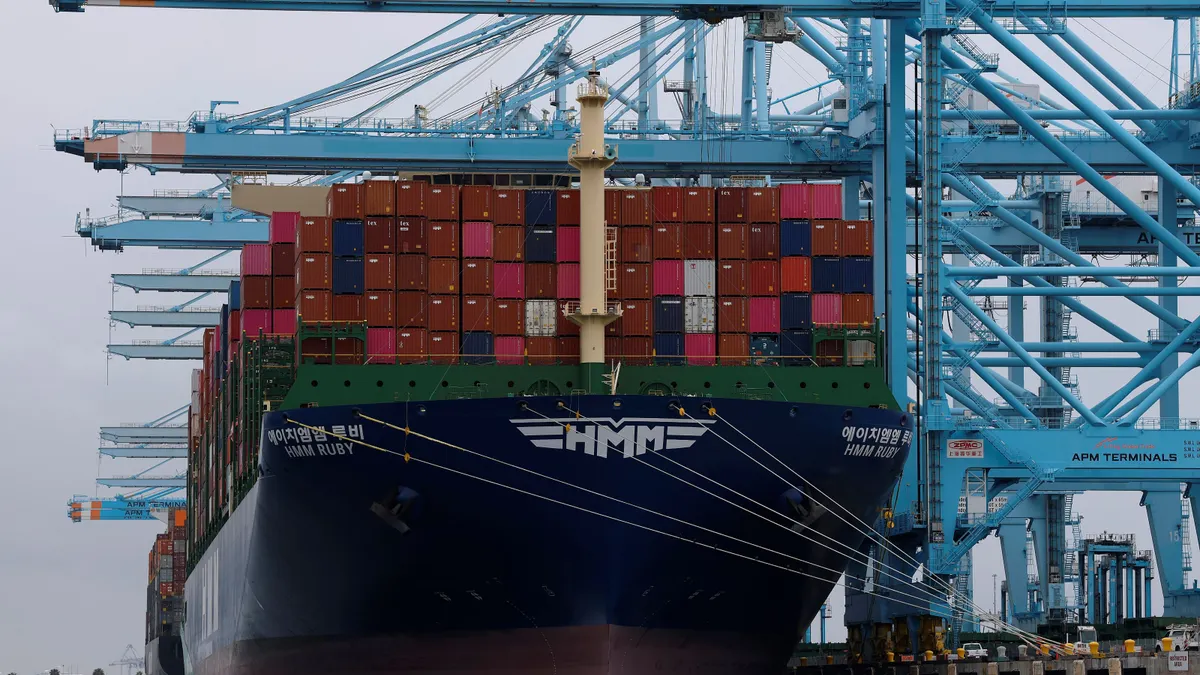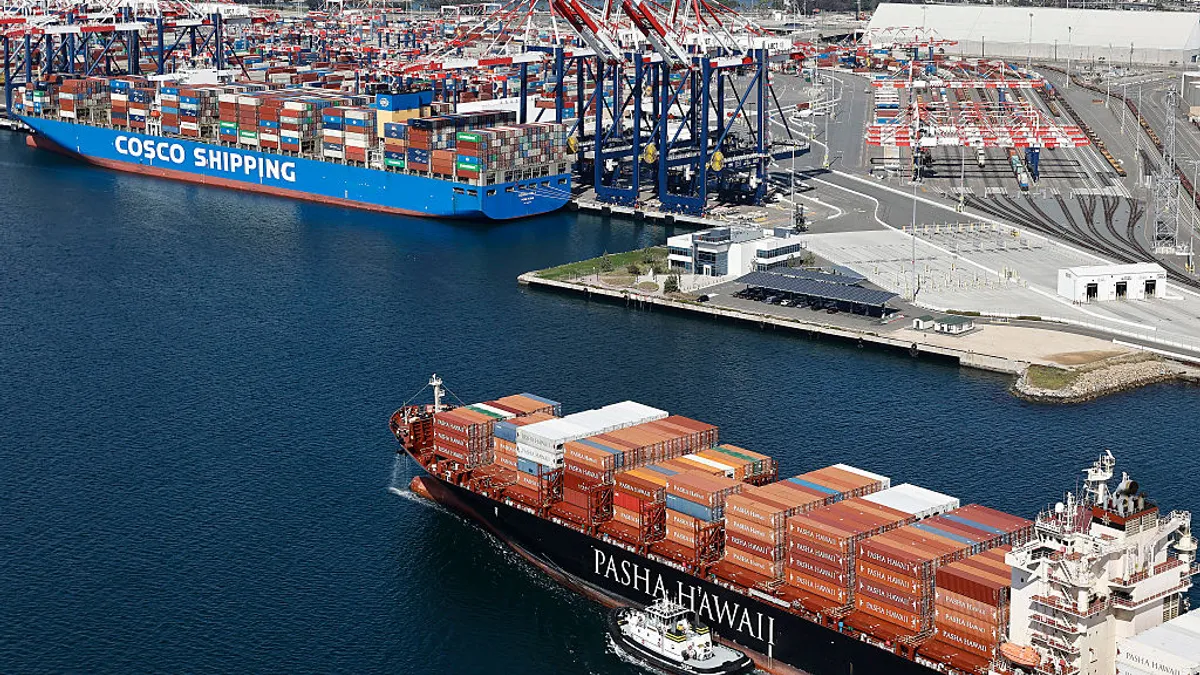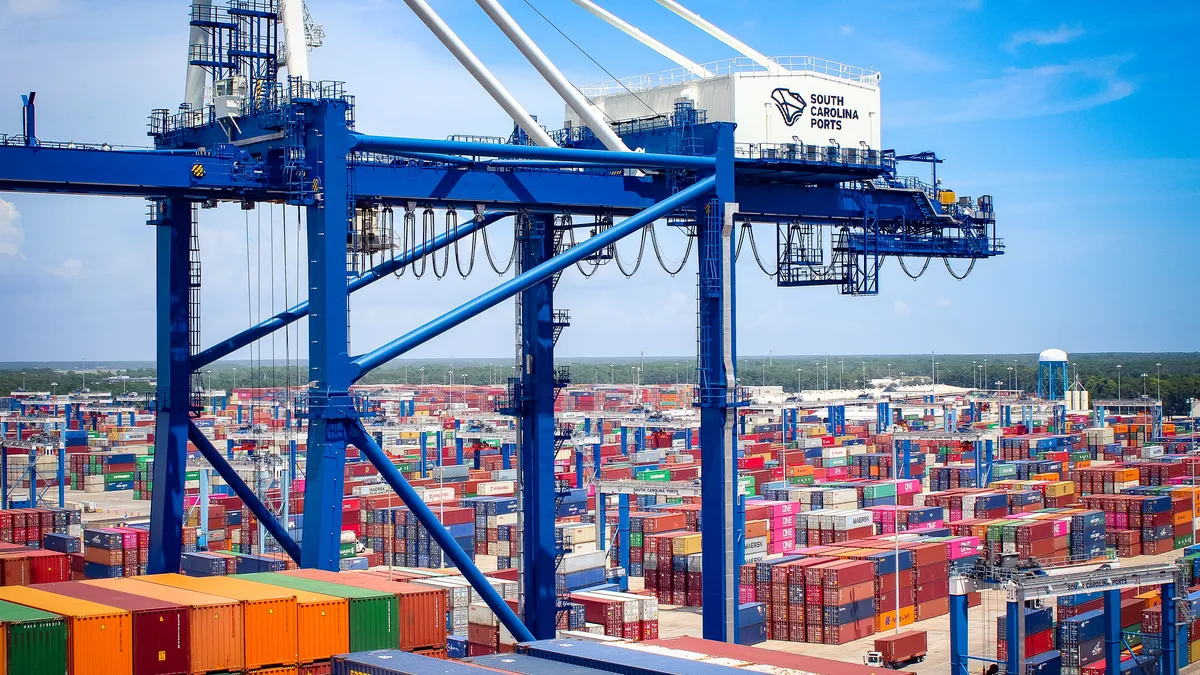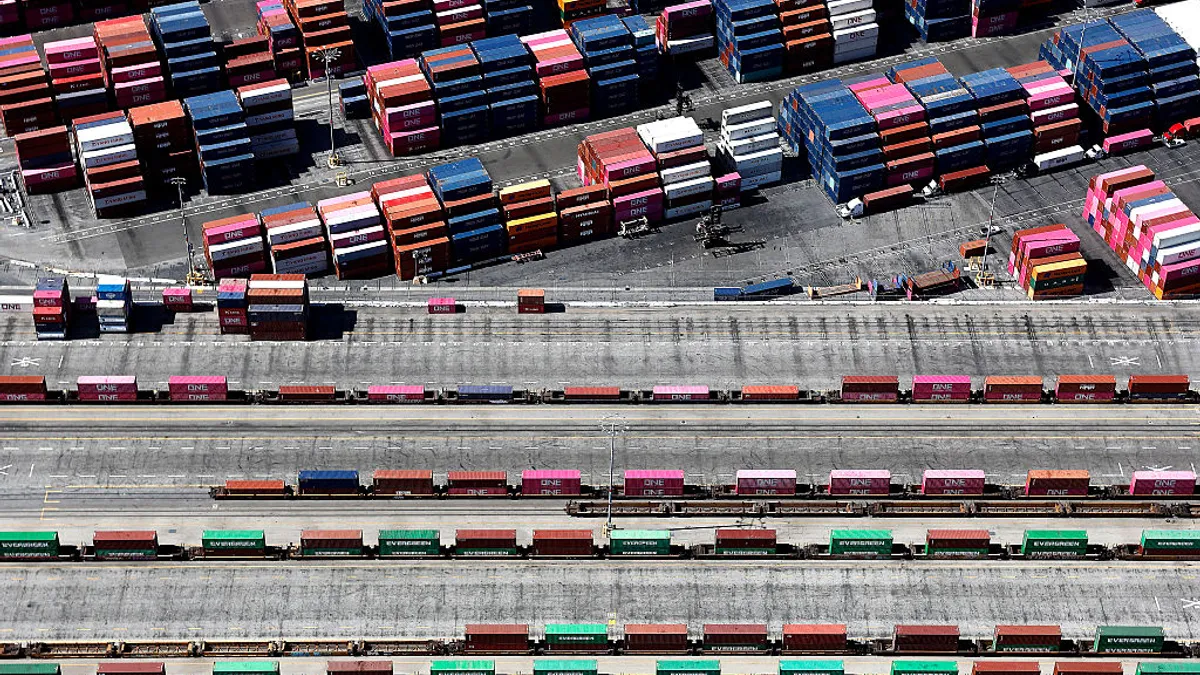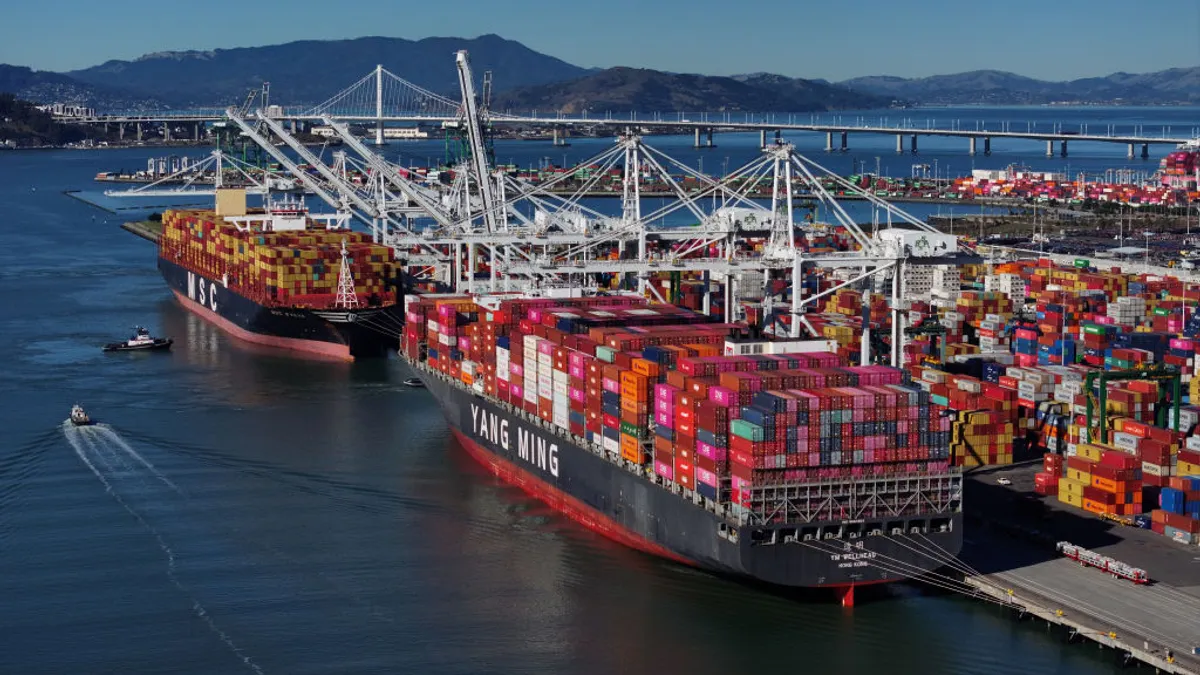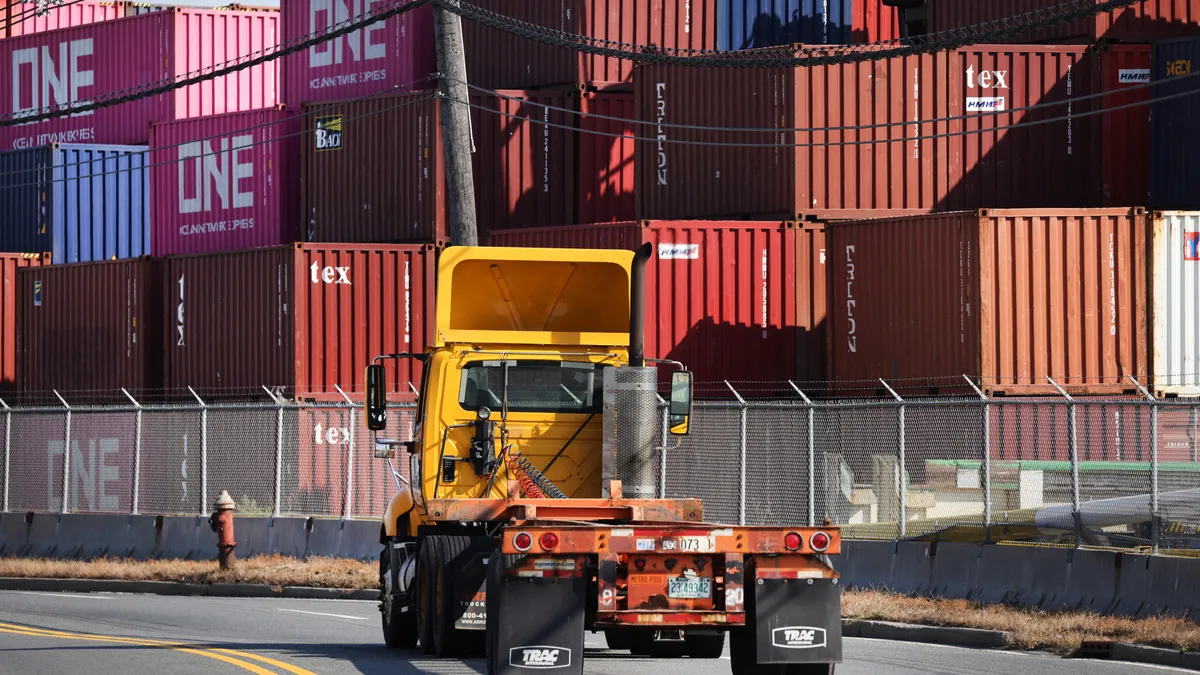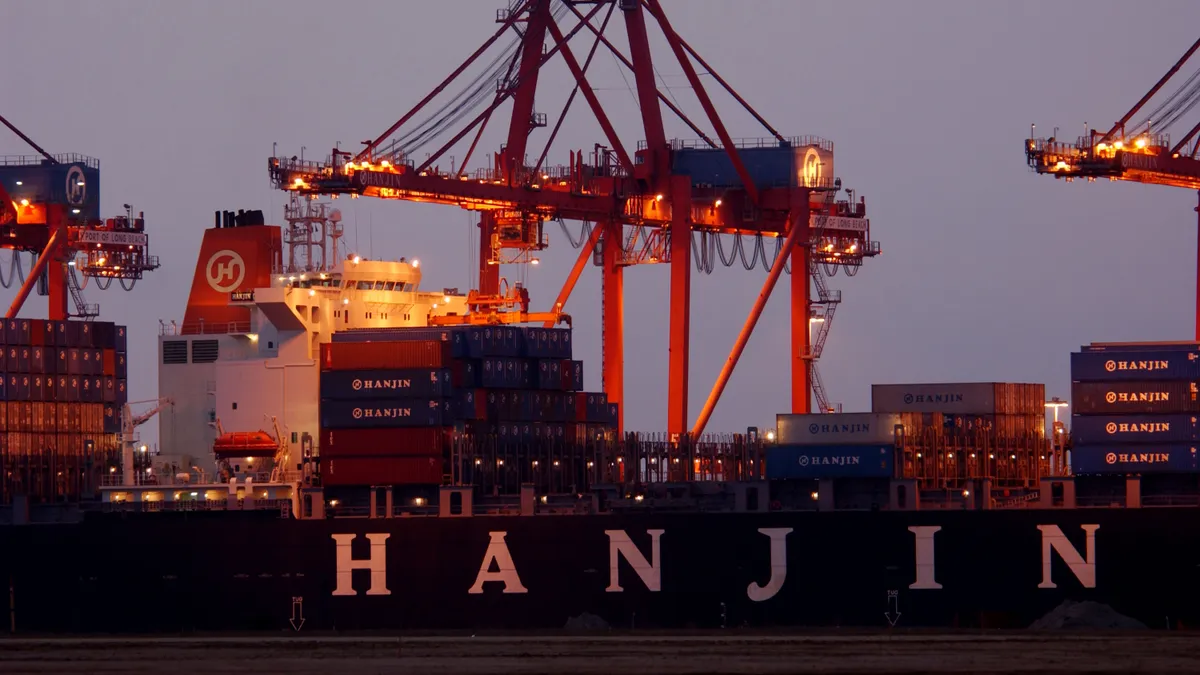When the COVID-19 pandemic prompted a rise in supply chain challenges in 2020, Hapag-Lloyd decided it needed better insight into its supplier base. At the time, a surge in freight and congestion at ports exposed vulnerabilities, such as a lack of data and information sharing, for the ocean carrier.
To address the issues, Hapag-Lloyd went looking for a partner to help it leverage big data and artificial intelligence, leading it to deploy supply chain technology company Craft’s platform in 2021 to gain transparency through its supplier intelligence portal.
“It could be that our vessel is punctual, but we cannot rely on our truckers to be on time in a certain country,” Daniel Braune, head of procurement at Hapag-Lloyd, said in a Craft case study report. “The entire supply chain from customer to destination involves a number of different suppliers that all need to function and be extremely transparent. This is where supplier management plays a huge role.”
Gaining visibility through supplier profiles
As an ocean carrier, Hapag-Lloyd categorizes suppliers as other transport companies, whether those that provide in-land transport to ports or from ports to end-users, Ingmar Mester, director of supplier management and sustainability at the company, told Supply Chain Dive in an interview.
Hapag-Lloyd gathers information in three key areas from supplier profiles within Craft’s portal: facts and figures about each company, relevant news alerts and internal corporate collaboration. Craft collects supplier data from industry partners, proprietary machine learning, and a company’s operational data, according to the company's website.
The carrier credits the platform with helping it navigate the impact of last fall’s strike at East and Gulf Coast ports, where it works with several terminals. The three-day strike forced some ports to cease operations, leaving shippers with limited options until the work stoppage ended.

Understanding the dynamics of shipping cargo to the East Coast was important to mitigate the impact of the strike, Mester said. Shipping a container from Europe to New Jersey, for example, could take a week, and if a port was closed at the time the vessel arrived, the carrier would need to act immediately.
Craft’s platform sent alerts and developments about the strike to procurement team members and other departments in Hapag-Lloyd's network. Users can customize such alert settings with specific companies and types of risks, a Craft representative said in an email to Supply Chain Dive.
Using Craft data, Hapag-Lloyd can quickly adapt product schedules to ensure minimal negative impact on customers.
“I need to know if any other ports that are close by are open and can be accessed,” Mester said. “This kind of crisis management is kind of normal for Hapag-Lloyd, but we have a much better transparency now, because as the news come in, as the things develop, as the American media is covering, even announcement of strikes, we are already aware of it, and we can then act.”
Risks that can impact supplier agreements
Craft’s platform also aids Hapag-Lloyd in identifying supplier risks, including whether a supplier is in good financial standing to carry out contracted services, according to Mester.
“The biggest risk that we have is a failure of the supplier, so that the supplier, for whatever reason, cannot provide the service for which we have contracted them, and that a delivery that we have planned for any of our customers cannot be executed,” Mester said.
“The biggest risk that we have is a failure of the supplier, so that the supplier, for whatever reason, cannot provide the service for which we have contracted them, and that a delivery that we have planned for any of our customers cannot be executed.”

Ingmar Mester
Director of supplier management and sustainability at Hapag-Lloyd
Geographical and geopolitical risks are also on Hapag-Lloyd’s radar. For example, low water levels in the Panama Canal in 2023 restricted the amount of cargo that could travel through the waterway. In addition, attacks on commercial vessels along the Red Sea over the last year have caused shipping lines to pause or remove vessels from transiting the route to the Suez Canal.
“It might not drive the supplier out of business, but it will definitely have serious consequences on our service to our customers, and we cannot control it. We are fully reliant on third parties, and this is what we need to control,” Mester said.
Regulatory risks are also important for Hapag-Lloyd to monitor, especially when suppliers are put on a sanctions list.
With Craft, the carrier can identify partners that could pose a specific type of risk. The company’s platform offers over 500 data points in risk categories such as cybersecurity, finance, geopolitics, and regulation and compliance. Clients can use the portal using a Google-like search function to find supplier profiles, the Craft representative said.
"It's so easy to use, it takes me five minutes to train my colleagues here that are new to the company, and they will find their way around the tool and make good use of it," Mester said.
This story was first published in our Procurement Weekly newsletter. Sign up here.



